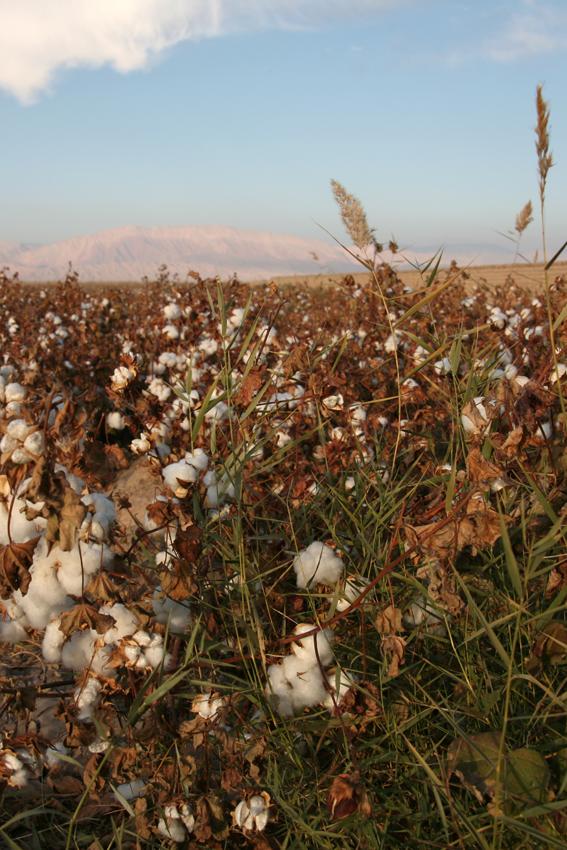 I’ve been reading Roger Bulliet’s fascinating book on agriculture and trade in early Islamic Iran. Bulliet suggests that the Muslim Arabs didn’t only bring Islam to Iran – but also the money and will to dig qanats and build villages to house workers to grow cotton as a cash crop. Khurasan, and the central plateau areas of Isfahan and Qum were perfect places for this – and so became the centre of cotton boom. Arab fashions in clothing helped promote the use of cotton.
I’ve been reading Roger Bulliet’s fascinating book on agriculture and trade in early Islamic Iran. Bulliet suggests that the Muslim Arabs didn’t only bring Islam to Iran – but also the money and will to dig qanats and build villages to house workers to grow cotton as a cash crop. Khurasan, and the central plateau areas of Isfahan and Qum were perfect places for this – and so became the centre of cotton boom. Arab fashions in clothing helped promote the use of cotton.

Bulliet proposes that the cotton boom led to a rapid increase in textile production, marketing and long-distance trade – leading not only to urbanisation, but also the enduring association of Iran as a land of cities. Bulliet’s analysis of ninth-century tax-records (for Arab-Muslim / Zoroastrian land ownership) suggests that place-names ending -abad were settled by Arab Muslims, and represent villages built by wealthy Muslims (Arabs or Iranian converts) for labourers to be able to tend to the year-round irrigation of a lucrative cotton crop. Biographical dictionaries showing the occupational names of prominent pre-eleventh century Muslim scholars indicate that many had made their living through cotton.
Tree-ring data from Mongolia, and an analysis of the so-called Siberian high (a weather system impacting thousands of kilometres), suggests there was a Big Chill in the eleventh century. Cotton crops were less reliable, and so less lucrative. Of course, cotton production didn’t stop altogether: Chardin approved of the vast Safavid-era cotton farms he saw. But as the cotton boom ended, sartorial fashions changed. Climatic changes also affect the breeding of camels – cross-breeds are strongest (and worth most) but the industry requires both one-humped (adapted for heat) and two-humped (flourish in the cold) camels. Bulliet suggests that climate changes were a key factor in both the invasion of Iran by Turkish camel-breeding nomads, and the flight of the scholarly Persian-speaking elite. In this way, Bulliet links early cotton-based prosperity to the spread of Persian as the language of cultured people from Anatolia to India.
There is much deterministic and inferential speculation in Bulliet’s book, but as one of the reviewers wrote: someone has to raise the big questions.